Beyond Renders: How 3D Developers Can Earn More by Offering More
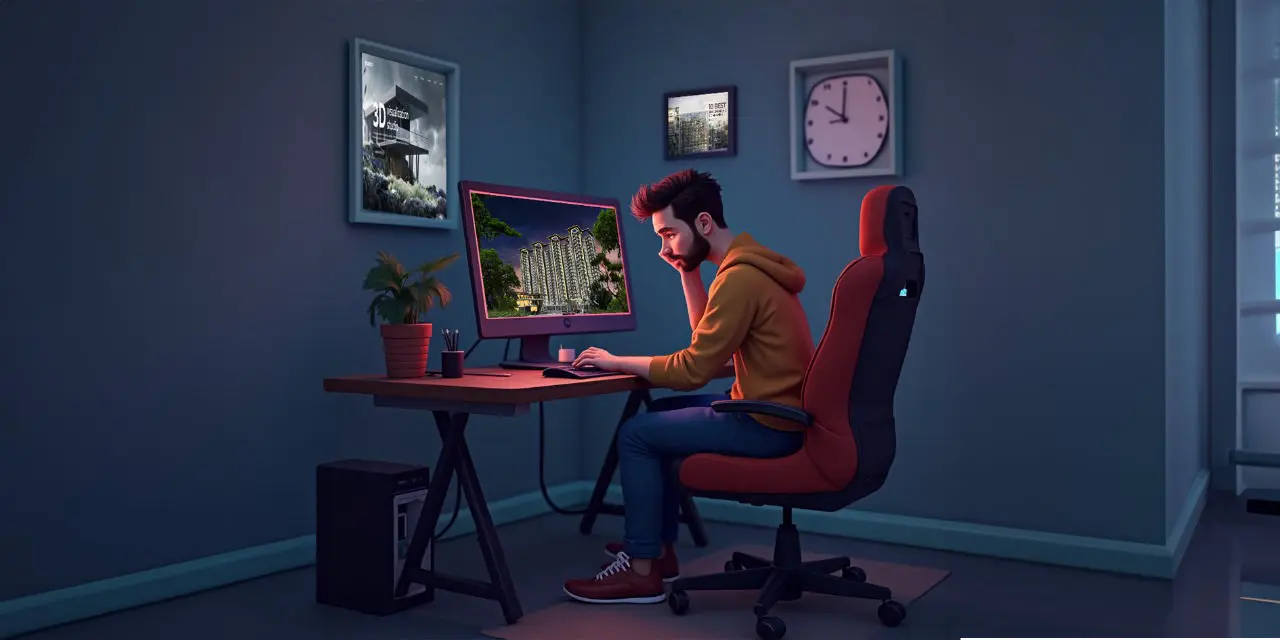

A lot of 3D developers concentrate on producing beautiful renderings and animations, but that's only the first step in the industry of today. More interactive and immersive experiences are now expected by clients. You may raise your value, draw in high-paying customers, and set yourself apart from the competitors by broadening your offerings.
Virtual Tour:
Offering customers the ability to explore spaces in a 360° interactive format revolutionizes the way they experience and engage with environments. This advanced technology is particularly advantageous for industries such as interior design, architecture, and real estate, where visual representation plays a crucial role in decision-making. Unlike traditional static images or standard graphics, 360° virtual tours create an immersive and dynamic experience, allowing users to navigate through spaces as if they were physically present. This level of interactivity enhances spatial awareness, helps clients understand layouts, and enables them to appreciate design elements in detail. For real estate, potential buyers can explore properties remotely, reducing the need for physical visits and accelerating the decision-making process. In architecture and interior design, professionals can showcase concepts, materials, and design aesthetics more effectively, providing clients with a realistic preview of their projects. Virtual tours also foster engagement and increase customer confidence, ultimately leading to better-informed decisions. By integrating this technology, businesses can elevate their marketing strategies, attract a broader audience, and deliver an unparalleled user experience.
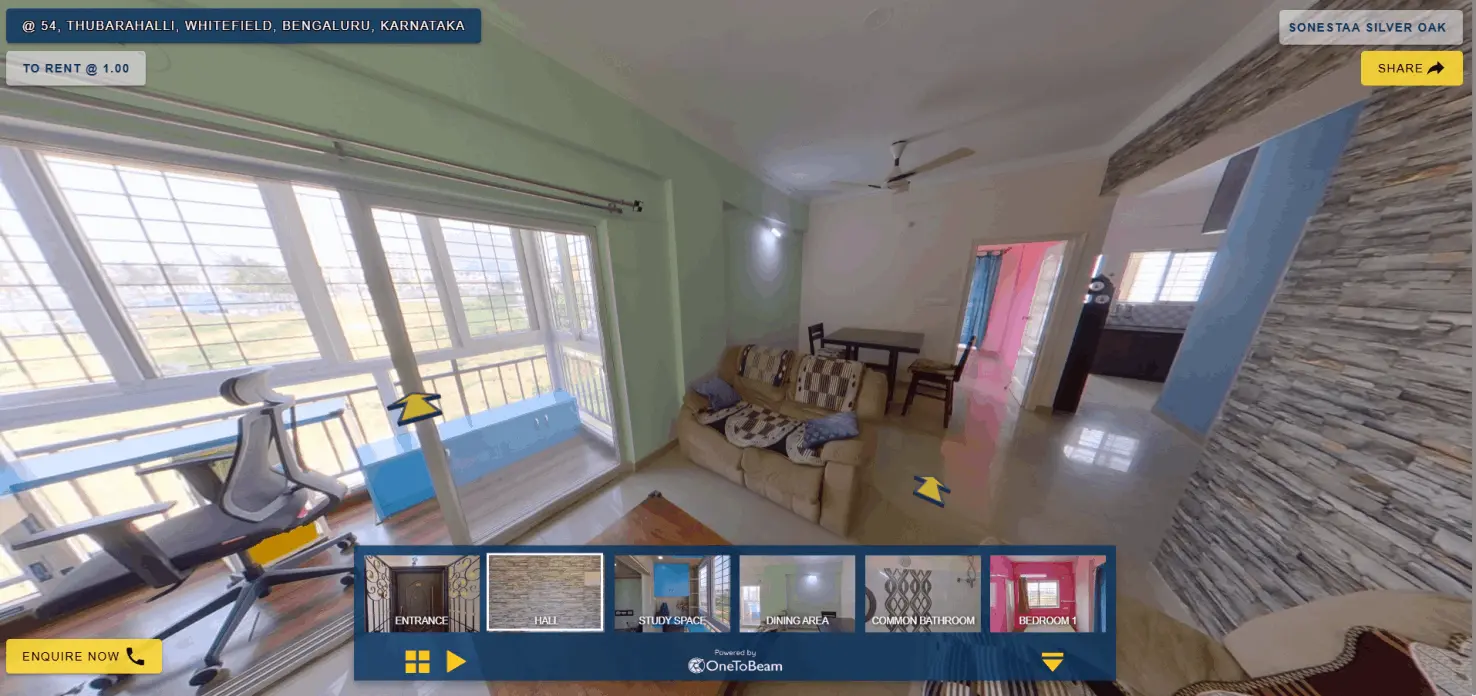
Source: OneToBeam
Traditional 2D floor plans, while essential for architects and designers, can be difficult for clients to interpret, often leaving them struggling to visualize spatial relationships, proportions, and the overall flow of a property. A 3D floor plan transforms these technical blueprints into immersive, lifelike representations, providing a clear and intuitive understanding of the space. By incorporating depth, textures, and realistic elements like furniture and lighting, a 3D layout enhances comprehension, making it easier to see how rooms connect and how the space would feel in real life. This approach is particularly valuable in architectural presentations, interior design proposals, and real estate marketing, where a strong visual impact can make all the difference in securing client approval or attracting potential buyers. Homebuyers, investors, and stakeholders can virtually explore the property, gaining confidence in their decisions before construction or purchase. Additionally, 3D floor plans help in identifying design flaws, optimizing space utilization, and experimenting with different layouts before finalizing a project. With technological advancements, rendering these plans has become more accessible and cost-effective, making them an essential tool in modern design workflows. Ultimately, a 3D floor plan bridges the gap between technical drawings and real-world visualization, ensuring clarity, engagement, and informed decision-making.
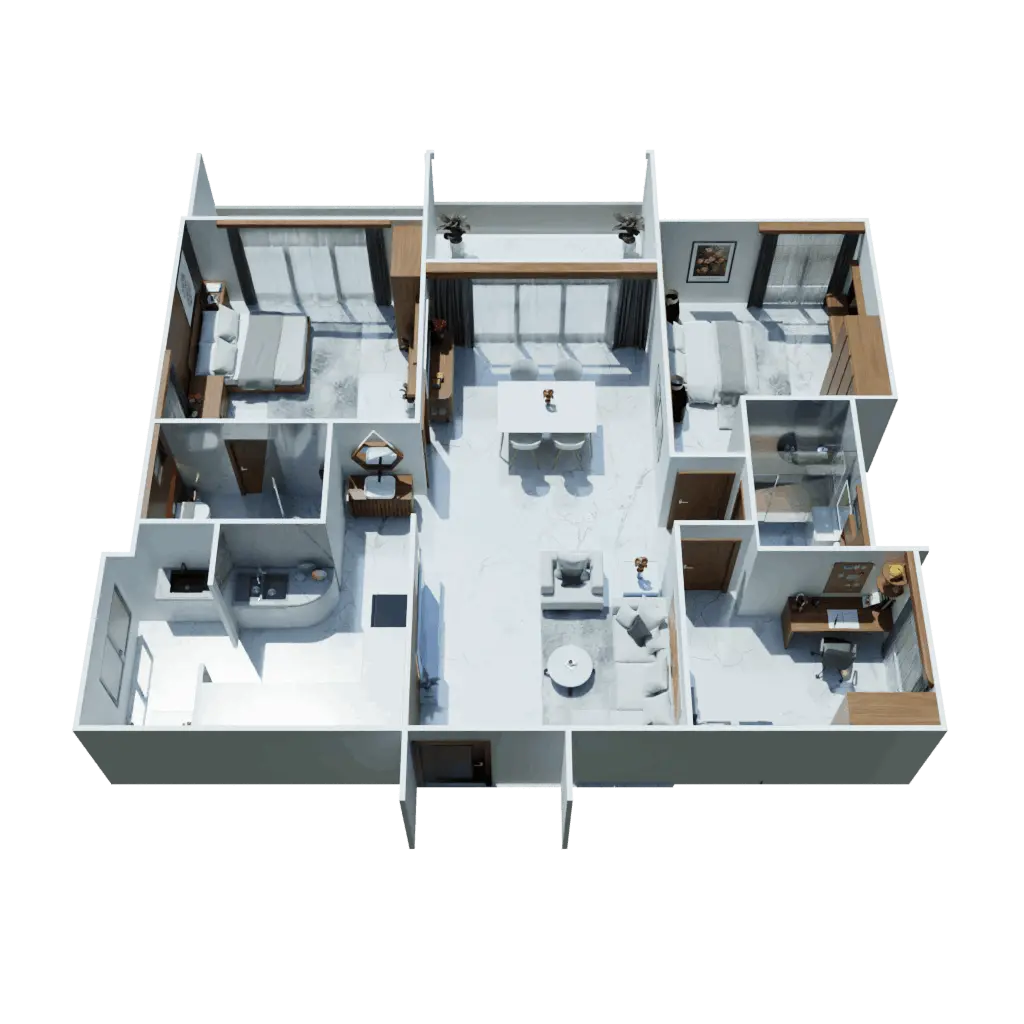
Source: OneToBeam
By seamlessly integrating drone photography with 3D models, you can create a compelling aerial perspective that merges proposed developments with real-world landscapes. This innovative approach provides a realistic visualization of how future projects will interact with their surroundings, making it invaluable for commercial real estate, residential developments, and urban planning presentations. High-resolution drone imagery captures the actual terrain, existing infrastructure, and environmental context, while 3D models overlay proposed structures with accurate scale and perspective. This fusion enhances decision-making by offering stakeholders a clear, immersive understanding of spatial relationships, potential impacts, and aesthetic appeal. Investors, city planners, and developers can assess how new buildings fit within existing neighborhoods, analyze traffic flow, and ensure compliance with zoning regulations. Additionally, this technique improves marketing efforts by producing visually striking renderings that attract buyers and investors. Whether for large-scale city planning or individual property development, blending drone imagery with 3D visualization revolutionizes project presentations by bridging the gap between concept and reality.
Why This Method Is Effective:
1.Higher Perceived Value: Interactive solutions that surpass simple renders can command a higher price from clients.
2.Having these services gives you a competitive edge over other 3D artists.
3.Growing Demand: Interactive images are becoming more and more important in sectors like interior design, construction, and real estate.
4.More Recurring Work: Long-term revenue prospects are created by clients who frequently need upgrades for drone overlays and virtual tours.
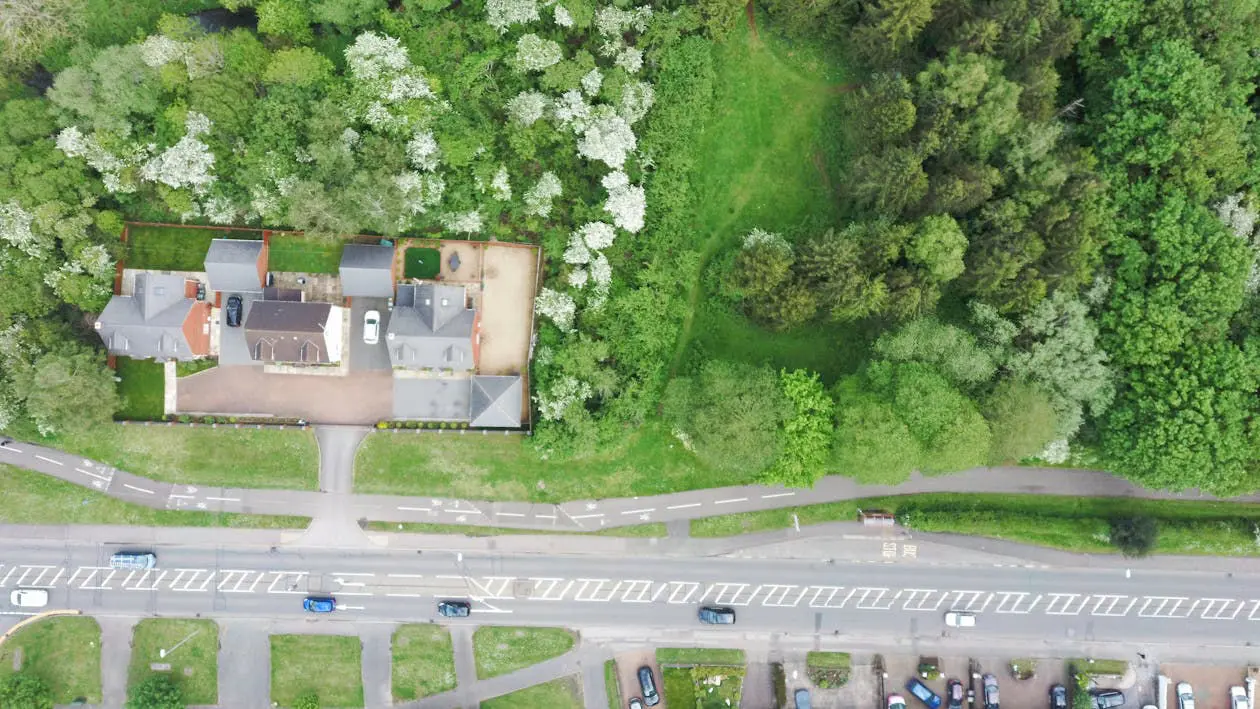
Source: OneToBeam
By moving beyond static renderings and incorporating interactive solutions, you can significantly enhance your value proposition, increase your earning potential, and attract high-caliber projects. Whether you specialize in architecture, real estate, or product visualization, interactive experiences such as virtual tours, augmented reality (AR), and real-time 3D configurations provide a dynamic and engaging way to present your work. These advanced solutions allow clients to explore designs from different angles, interact with elements in real time, and make informed decisions with greater confidence. In architecture and real estate, virtual walkthroughs help potential buyers or investors visualize spaces before they are built, increasing engagement and sales potential. For product visualization, interactive 3D models enable customers to customize features, textures, and colors, enhancing their purchasing experience. By offering such innovative solutions, you not only differentiate yourself from competitors but also position yourself as a high-value professional in your field. Clients are more likely to pay a premium for services that go beyond traditional renderings, making this a strategic move for career growth and business expansion.
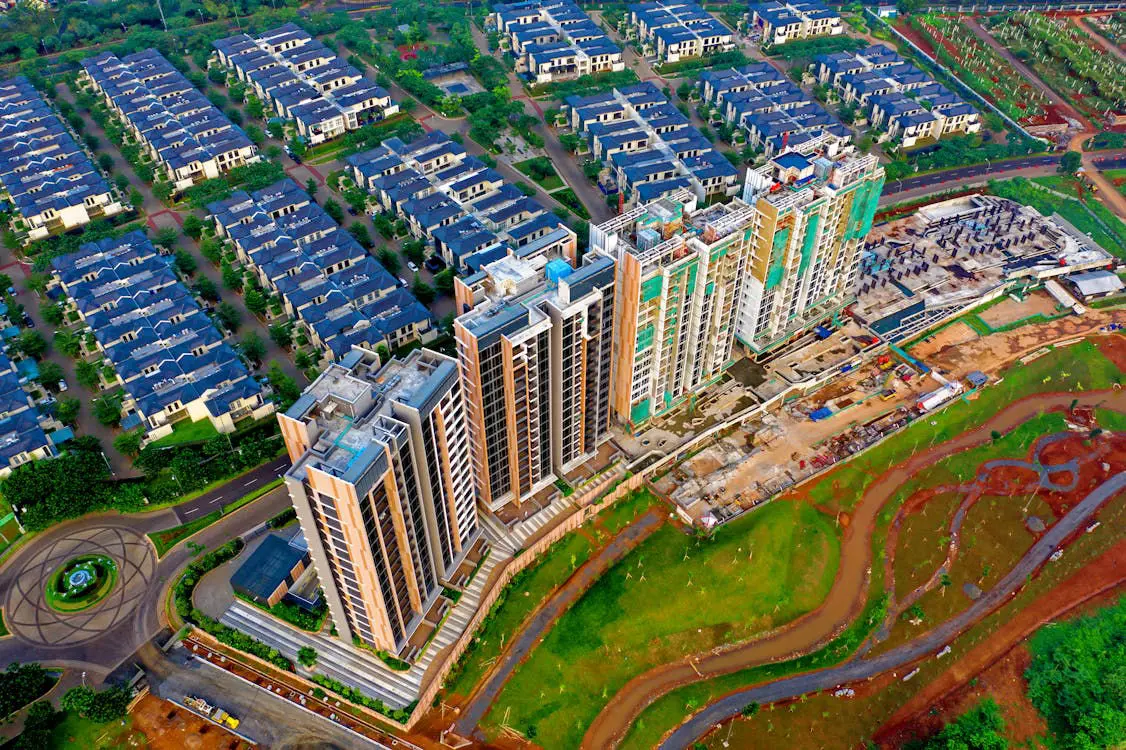
Source: OneToBeam